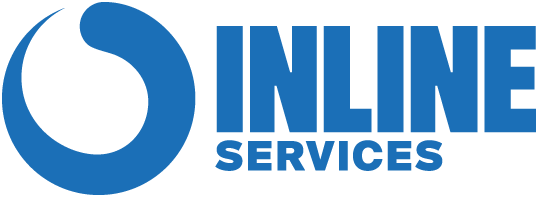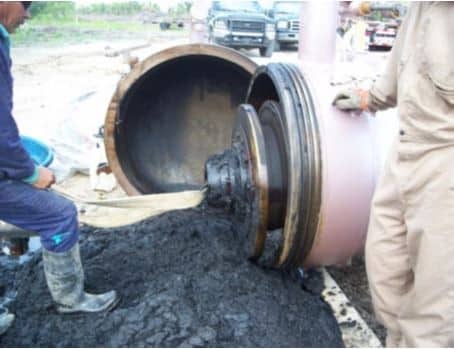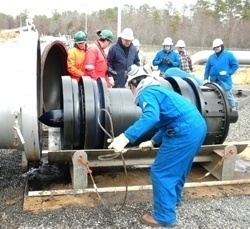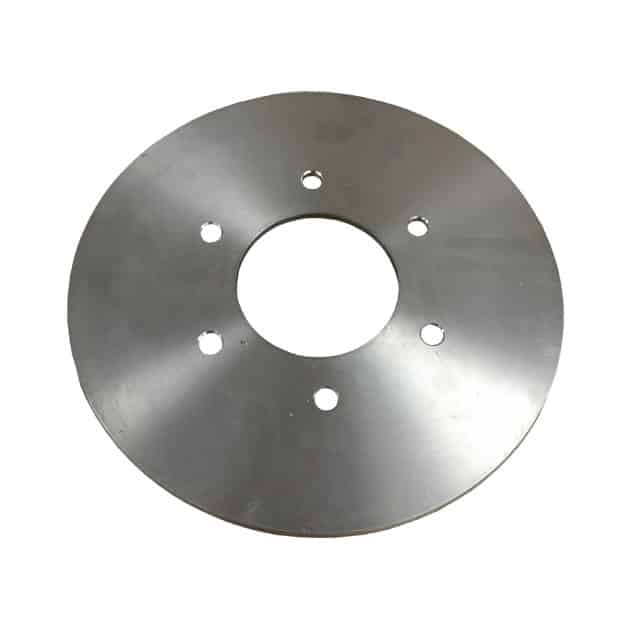What is Black Powder?
Black powder consists of iron compounds including magnetite (mill scale), iron sulphide, sand, clay, salt, weld slag and even iron. The powder is created during gas production, or in wet gas pipelines where hydrogen sulphide, carbon dioxide or oxygen are present in the gas, or by bacterial corrosion of the steel. These deposits are normally black in color and can be in a dry, dust form or wet when combined with hydrocarbon liquids, compressor oils, etc. The powder is then distributed through the pipeline with the gas flow, but is deposited when the velocity is not high enough to keep it moving (Dr John Smart – “Movement of Black Powder in Pipelines). As sediment is deposited, the flow in the pipeline is disrupted and reduced, thereby allowing more sediment to accumulate. System through puts are affected and energy costs increased to maintain design flow rates. Blockage can occur especially during cleaning and damage caused to plant such as compressors.
Is there a solution? Yes!
Yes, there is a solution. The solution is proactive management. Pigging plays an important role in the management and prevention of the formation of black powder. Inline services designed our BD6 Foam Disc pig to have superior wiping action, when considering liquids removal, especially after hydrostatic testing and using a Pit Cleaning Pig™ for removing debris from corrosion pitting. If there are a large amount of deposits, removing too much at once could plug the line and methods such as progressive pigging or bypass pigging will minimize the risk.
How can Inline Services help?
Black powder is a significant problem in natural gas pipelines. Helping our clients take a more proactive approach to black powder removal is why Inline Services remains an innovator in the pipeline pigging industry. It is essential to remove black powder and clean the pipeline thoroughly prior to running In Line Inspection Tools or “ILI” tools. Costly down time and line failures caused by the powder can be avoided by following a thorough cleaning procedure that includes using a variety of pipeline cleaning pigs. To ensure Black Powder doesn’t become a problem, Inline Services can assist in developing a comprehensive pigging program to help avoid the potential for blocking the line or having to deal with large volumes of debris after cleaning.
Inline’s team of pigging experts can assist you with creating a comprehensive cleaning procedure for any application to prevent black powder. Contact us today for more information or to request a quote!
Check-out the Inline blog for additional information about the industry challenges of black powder and methods of prevention.




